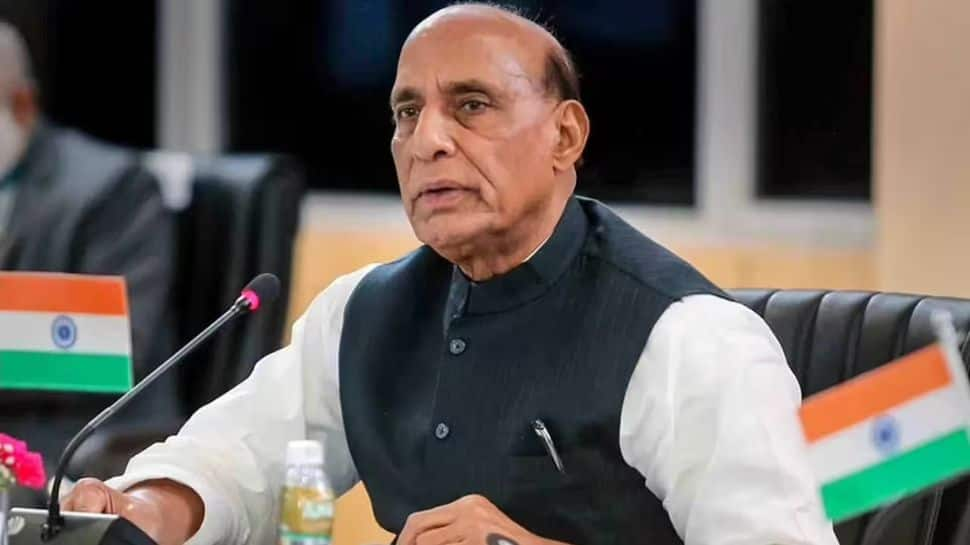 |
|
Rajnath Singh's visit to Mhow, Madhya Pradesh, marked a significant event in Indian military history. His trip, the first by a Defence Minister in 24 years, underscored the importance of the Army's training institutions and their crucial role in shaping India's military capabilities. The visit included inspections of the Army War College (AWC), Infantry School, and Military College of Telecommunication and Engineering (MCTE), three premier training establishments. This deliberate choice of locations highlights the government's commitment to modernizing and strengthening the Indian armed forces. The visit wasn't merely ceremonial; Singh engaged in detailed briefings, receiving updates on the establishment of the Advanced Incubation and Research Centre and various Memoranda of Understanding (MoUs) aimed at technology adoption and transformation within the Army. This focus on technological advancement reflects a broader national strategy to enhance India's defense capabilities in the face of evolving geopolitical dynamics.
Beyond the technological aspects, Singh's visit encompassed a deeper understanding of the human element of the Indian Army. His time at the Army Marksmanship Unit showcased the Army's contribution to national sports, a testament to the multifaceted role the institution plays in national life. A visit to the Infantry Museum provided a historical perspective, emphasizing the evolution of the infantry and the integration of modern equipment. These seemingly small details, included in the official itinerary, reveal a comprehensive approach to understanding the diverse functions and contributions of the Indian Army.
The core message of Singh's visit, however, was his unwavering support for the Indian soldiers. His address to the troops served as a powerful affirmation of their dedication and courage in safeguarding India's borders. His words of praise and encouragement, emphasizing the soldiers' unwavering commitment and inspiring the entire nation, resonated deeply with the audience and the public at large. The emphasis on preparedness and vigilance in the face of current geopolitical challenges highlighted the government's awareness of potential threats and its commitment to ensuring national security. The Defence Minister's call for constant alertness and readiness further stressed the importance of maintaining a strong defense posture.
Singh's remarks concerning the aspiration to achieve a developed and self-reliant India by 2047, and the pivotal role the armed forces play in this endeavor, framed the visit within a broader national context. The vision of 'Viksit Bharat' (Developed India) aligns with the government's overarching developmental agenda, placing the armed forces not just as protectors of borders, but as active contributors to national progress and development. This perspective redefines the role of the military in a holistic sense, beyond its traditional security function.
The visit to Bhim Janm Bhoomi, the birthplace of Dr. B.R. Ambedkar, added a layer of social and political significance to the trip. The homage paid to the architect of the Indian Constitution subtly underscored the government's commitment to social justice and equality, subtly linking national security with social harmony and progress. By paying tribute to Ambedkar, the Defence Minister acknowledged the importance of inclusive governance and its role in building a strong and unified nation. This act of remembrance serves as a reminder that a secure nation is also one built on social equity and justice.
In conclusion, Rajnath Singh's visit to Mhow was more than just a symbolic gesture. It was a strategic move that strategically combined elements of military modernization, recognition of soldier's contributions, and a reiteration of the government's commitment to national security and development. By directly interacting with the soldiers, inspecting key training facilities, and addressing broader national objectives, Singh successfully conveyed a message of support, appreciation, and confidence in the future of the Indian Army and the nation as a whole. The visit served as a powerful display of the government's dedication to its armed forces and its vision for a strong and secure India.
